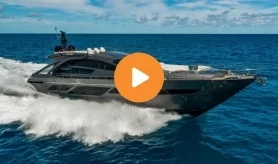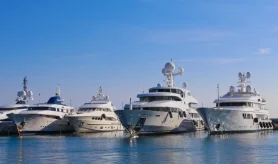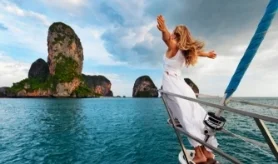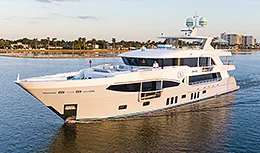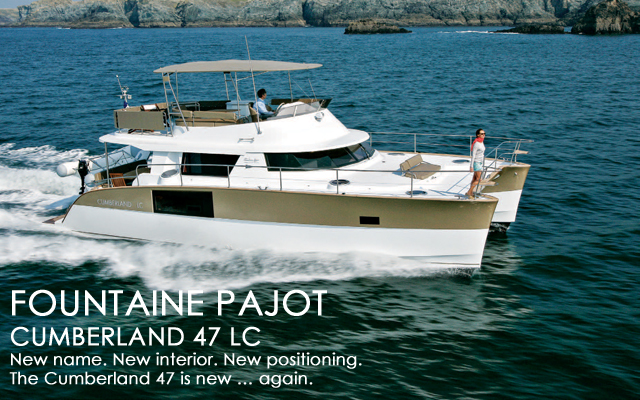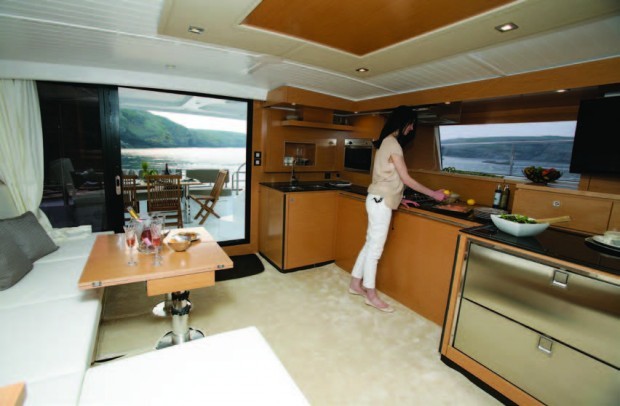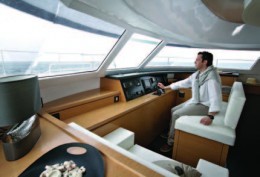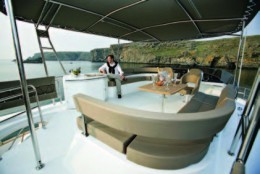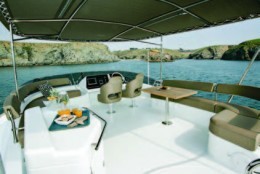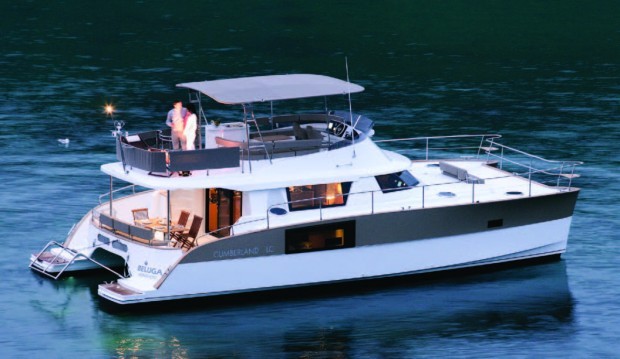- Alaskan Yachts
- Azimut Yachts
- Back Cove Yachts
- Beneteau Yachts
- Benetti Superyachts
- Bertram Yachts
- Boston Whaler
- Broward Yachts
- Buddy Davis Sportfish
- Burger Yachts
- Cabo Yachts
- Catamarans
- Carver Motoryachts
- Center Console
- Chris-Craft Yachts
- Cruisers Yachts
- DeFever Trawlers
- Dufour Sailboats
- Fairline Yachts
- Feadship Yachts
- Ferretti Yachts
- Formula Yachts
- Fountaine Pajot Cats
- Grady-White
- Grand Banks Trawlers
- Hargrave Yachts
- Hatteras Yachts
- Hinckley Picnic Boats
- Horizon Yachts
- Hydra-Sports
- Intrepid Boats
- Jarrett Bay Sportfish
- Jeanneau Yachts
- Kadey-Krogen Trawlers
- Lazzara Yachts
- Lekker Boats
- Luhrs Sportfish
- Marlow Yachts
- Maritimo Yachts
- Marquis Yachts
- Mazu Yachts
- McKinna Motoryachts
- Meridian Yachts
- Midnight Express
- MJM Yachts
- Mochi Craft
- Neptunus Motoryachts
- Nordhavn Trawlers
- Nordic Tugs
- Numarine Yachts
- Ocean Alexander Yachts
- Ocean King
- Offshore Yachts
- Outer Reef
- Oyster Sailing Yachts
- Pacific Mariner Yachts
- Palmer Johnson Yachts
Fountaine Pajot Cumberland 47 LC Boat Review
As Featured in April 2014 Sea Magazine – By ZUZANA PROCHAZKA
Cats, cats, everywhere, mon dieu! Power cats have gained a lot of ground in the last decade, and for that, they owe their sailing brethren some thanks. Sailing cats have paved the way for catamaran visibility as well as their initial trial by curious charterers. In fact, some retiring sailors who have been enamored with catamarans are moving on to cats without masts and would not even consider another design.
So it’s no surprise that Fountaine Pajot, the French builder of fast sailing cats for the past 30 years, has cast an eye to the power cruising market. The company set about building dedicated hulls that will plane as well as accommodate large engines and flybridges. It launched the line it called Trawler Cats and then spent the past two years incorporating owner feedback to perfect the product.
First came the name change. The term trawler catamaran seemed like a bit of an oxymoron — like a slow fast boat. FP soon realized it was alienating much of the fast-cruising luxury market, so it renamed the line Fountaine Pajot Motor Yachts and added LC (for Long Cruise) to emphasize the added fuel, 100 more gallons, and increased range. Along with a 40 and a 55, the Cumberland 47 now completes a newly refreshed fleet that is positioned to capitalize on its two-hulled advantages, including good stability, extra room and natural system redundancy, to give just about everything else on the ocean a run for its money.
I stepped aboard the Cumberland 47 in Miami with Denison Yachts’ Wiley Sharp. Forty-nine Cumberlands were built before the revamp. I was standing aboard hull number two of the new 47 — the first of its kind on U.S. shores. With a facelift that adds a bit of luxury, and the brand’s repositioning that emphasizes a fast cruising yacht rather than the slow trawler, the Cumberland 47, starting around $849,000, is poised to teach old dogs new tricks. Bien sur.
Don’t Overlook
Fountaine Pajot is the first French shipyard to have obtained ISO 9001/2000 for the entire production cycle of its vessels, so a consistent and quality build is to be expected. After producing 2,000 hulls over three decades, the builder has the process down. Resininfused, foam-cored construction keeps the weight down, and the hull shape is optimized to reduce drag and increase water funneling under the bridge deck and out the back efficiently. In fact, FP touts that the cats enjoy fuel consumption that is 40 percent less than equally sized monohulls, which gives the vessels exceptional range and economy. And if that isn’t enticing enough, consider the shape of the hulls with their protected props, shafts and rudders. Unlike a cruising monohull, you can beach these cats without making them howl.
Outside and In
Livability on the Cumberland 47 is greatly enhanced by the nearly fullbeam flybridge, which really adds to the outdoor experience. To port, and close to the helmsman, is an L-shaped companion lounge. Another is aft of the helm to starboard with a dining table, so quite a crowd can gather. The aft is open, and although it’s not large enough to hold a dinghy, it may accommodate a couple of chaise lounges. A grill and an ice-maker are optional, so impromptu cocktail parties are easily staged without having to dash down to the galley. The visibility forward from the helm is excellent and aft is fairly good with the exception of the obscured port quarter.
A gently-sloped, curved stairway leads down to the large aft cockpit that has access to the engine compartments below the sole. Each engine has an additional cover to reduce noise, but you can perform routine checks without removing the covers. For more significant work, the covers come off, which begs the question of where to put them, since they’re quite large. The Cumberland has straight shafts (as opposed to sail drives), and therefore the engines sit farther forward in the vessel and access is tight — only slightly better than access to the genset, which is just forward and on the starboard side.
From the cockpit, you can step up onto the generous sidedecks and move to the bow, but handholds are scarce here unless you run your hand under the lip of the cabin top. There is significant space for anchoring work on the bow where a forward-facing built-in seat hides extra storage as well as the Lewmar electric windlass.
The main deck of the Cumberland 47 has a great-room feel, with a nearly unbroken space from the cockpit to the helm, with two seating areas and the galley in between. The fullbeam flybridge maximizes outdoor space.
Owners Will Love
The Cumberland 47 has a terrific “great-room” feel. The straight-line galley to port is right in the center of the social action, serving both the salon and the spacious aft cockpit, which is on the same level. Step through the sliding-glass door to the alfresco dining area with a built-in transom settee and teak table — perfect for indoor/outdoor entertaining. The galley has acres of countertop space and a nice large window behind the sink, so the cook never feels closed in. Refrigeration is in two huge drawers, and the stove is propane rather than electric, which will minimize the need for the genset.
The L-shaped settee in the salon to starboard comes with a cocktail table or an optional fold-out dining table. It’s a perfect lounge from which to watch the flat-screen TV or chat with whoever is cooking. At the head of the salon is the interior helm station with room for a complete suite of electronics, which are Garmin unless otherwise specified. The helm seat is built for two; plus, there is a side-facing oversized lounger to port that was repositioned in the revamp. The dead space below it will be made accessible to increase storage. The visibility forward is excellent, and aft is good, with only the two corners obscured by bulkheads.
Between the helm station and the galley/settee are twin staircases that lead down either side to the sleeping suites. Their placement keeps the stairs unobtrusive in the salon, but there are no handholds nearby for safe transit up and down. The Cumberland 47 is offered with four cabins and four heads, or three cabins and three heads. The latter is the owner, or Maestro, version with a generous fore-and-aft island bed, a large head and a separate stall shower. Ahead of the shower is another cabin with access via a foredeck hatch and can accommodate a crew of one. The sleeping areas in the hulls point to a disadvantage of cats: the lack of a full-beam master. Nevertheless, the owner’s suite is comfortable, with ports in the hull that make it feel less enclosed. In the starboard hull, there are two guest cabins, each with its own head and a small shower stall.
Fantastic Features
The surfaces are wood, faux-wood and gelcoat finishes that are low-maintenance and durable, which is perfect, because cruising is about fewer chores and more free time to enjoy the destinations.
What is striking about the 47 is the natural light that was added during the revamp. There is no shortage of windows, either in the hulls or on the main deck, so the entire interior is livable. The boat does a great job of bringing the outside in, and this cat will be equally comfortable cruising in the tropics as in the Pacific Northwest.
Under Way
The Cumberland 47 is powered by twin Volvo Penta diesels with straight shafts and four-blade propellers. The standard is 225 hp, but an upgrade to a D4 300 hp is available and will provide another 2 or 3 knots at the top end. For an additional $85,000, you can opt for D6s with IPS 400 pods and joystick control, although why you’d need that (or even a bow thruster) on a boat where the propellers are nearly 20 feet apart is a mystery. The boat handles well and turns easily even in tight situations, and although Sharp mentioned that there may be a 10 percent savings in fuel with the pods, you’ll have to burn a lot of fuel to make up for $80k.
We cruised out onto Biscayne Bay where the water was flat on a sunny, slightly breezy day. The hulls on the Cumberland have a bit of piercing action, and a hard chine extends from the bow to halfway back. It cleaves the water and keeps the decks quite dry.
On the flybridge with the reverse windshield, I didn’t even need to hang on to my hat as we came up on plane at 14 knots. Although there was a bit of a mis-calibration with the steering, the boat responded well in both directions, taking wide, swoopy turns while staying level and comfortable, even up top. When a large sportfisher passed, I headed toward its wake, taking it on the beam on purpose. Nothing — no pitching, yawing or rolling. The cat just rocked briefly and kept going. It will undoubtedly be rock steady like that even in a rolling anchorage without flopper stoppers, which is another advantage cats enjoy over monohulls.
Wide-open throttle brought us to 22.9 knots, but the cruising sweet spot will be around 18 knots, where the engines burn approximately 18 gph. That’s a fast cruise made possible by the fact that, unlike a trawler, a cat doesn’t drag a displacement hull through the water. In fact, fuel efficiency and living space are the top reasons power cats are gaining ground. Now add to that the safety of two engines that build in redundancy, which a trawler does not offer, and a cat starts to make a lot of sense. With 635 gallons of fuel, the range will be nearly 1,600 miles at 8.5 knots, and not only will this cat arrive at the destination before its trawler cousins, it will cost less in fuel as it does so.
More room, more fuel, stylish furnishings, inherent stability, no need for a bow thruster, built-in redundancy, et voila, FP’s new power cat. With a reconfigured interior and a huge flybridge, the refreshed design proves these cats can roar. Magnifique, n’est-ce pas?
Tester’s Opinion
More room, more fuel, stylish furnishings, inherent stability, no need for a bow thruster, built-in redundancy, et voila, FP’s new power cat. With a reconfigured interior and a huge flybridge, the refreshed design proves these cats can roar.
